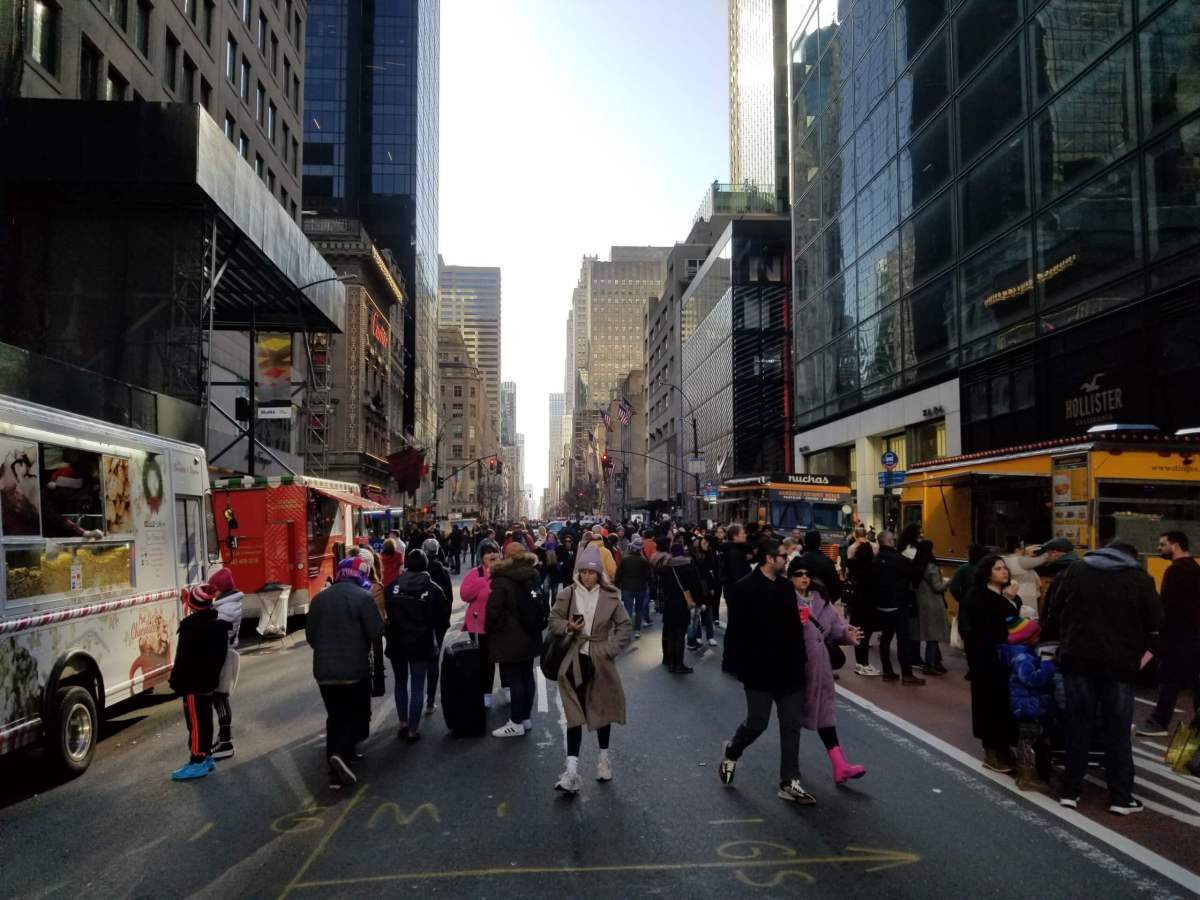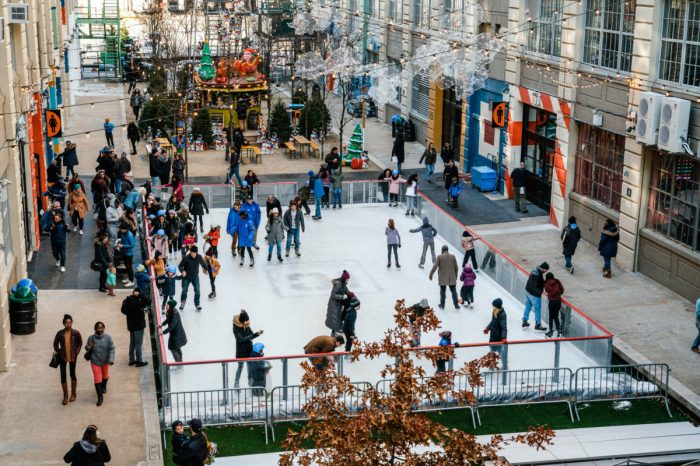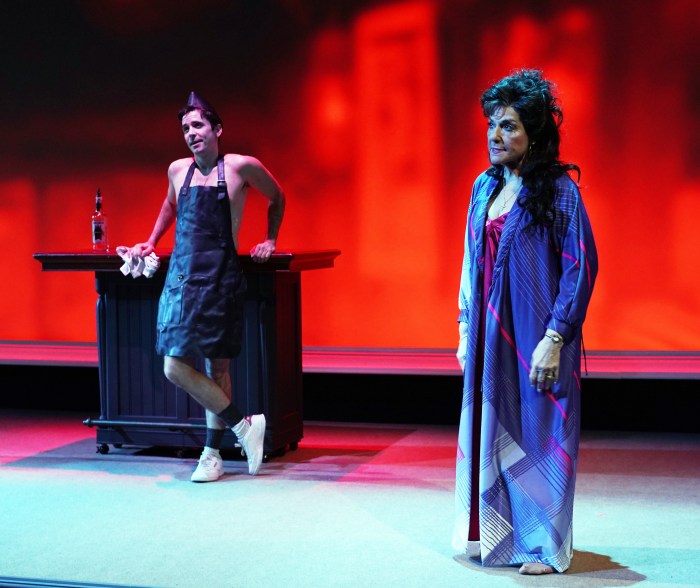It’s a holly, jolly Fifth-mas!
The city cut the ribbon Sunday on a brand-new, limited-time Open Streets program on Fifth Avenue in Midtown — freeing up some of New York’s most festive locales to pedestrians and closing them to cars for three December weekends during the holiday season.
The section of Fifth Avenue between 48th and 57th streets will be closed to motor vehicle traffic from 12 pm to 6 pm on three Sundays this month, starting Dec. 4 and continuing on Dec. 11 and Dec. 18.
The avenue will play host to various performances on Open Street days, along with food vendors and public seating; Sunday’s grand opening saw a spectacular performance from the Brooklyn United Drum Line, a drum corps composed entirely of public school students from the borough, and various food vendors as New Yorkers on foot stood transfixed at the holiday spectacle.
Opening up Fifth Avenue builds upon previous efforts to pedestrianize the area around Rockefeller Center and its famous Christmas tree for the holiday season. At the ribbon cutting, beaming officials declared there’s no better way to experience the holidays than walking down the glittering, festive thoroughfare.
“There is no place in the world like Fifth Avenue for the holidays, and there’s no better way to enjoy it than on foot,” said Manhattan Borough President Mark Levine. “You have to walk this street to feel it, to experience it. And you shouldn’t have to be dodging traffic to do that.”
The city will place moveable barriers on both sides of Fifth Avenue outside of Sunday soiree hours, on weekday afternoons and weekend mornings, to create more sidewalk space and shepherd high volumes of pedestrian traffic to the tree and other holiday entertainment. A similar treatment will be applied on Sixth Avenue, with one lane of traffic repurposed between 48th and 52nd streets. Right turns from Fifth onto the westbound 47th, 49th, and 51st streets will be prohibited during those times.
In the immediate vicinity of Rockefeller Center, West 49th and West 50th streets between Fifth and Sixth avenues will be closed from 11 am to midnight every day until January.
MTA buses operating on the festive stretch will be rerouted during Open Streets hours.
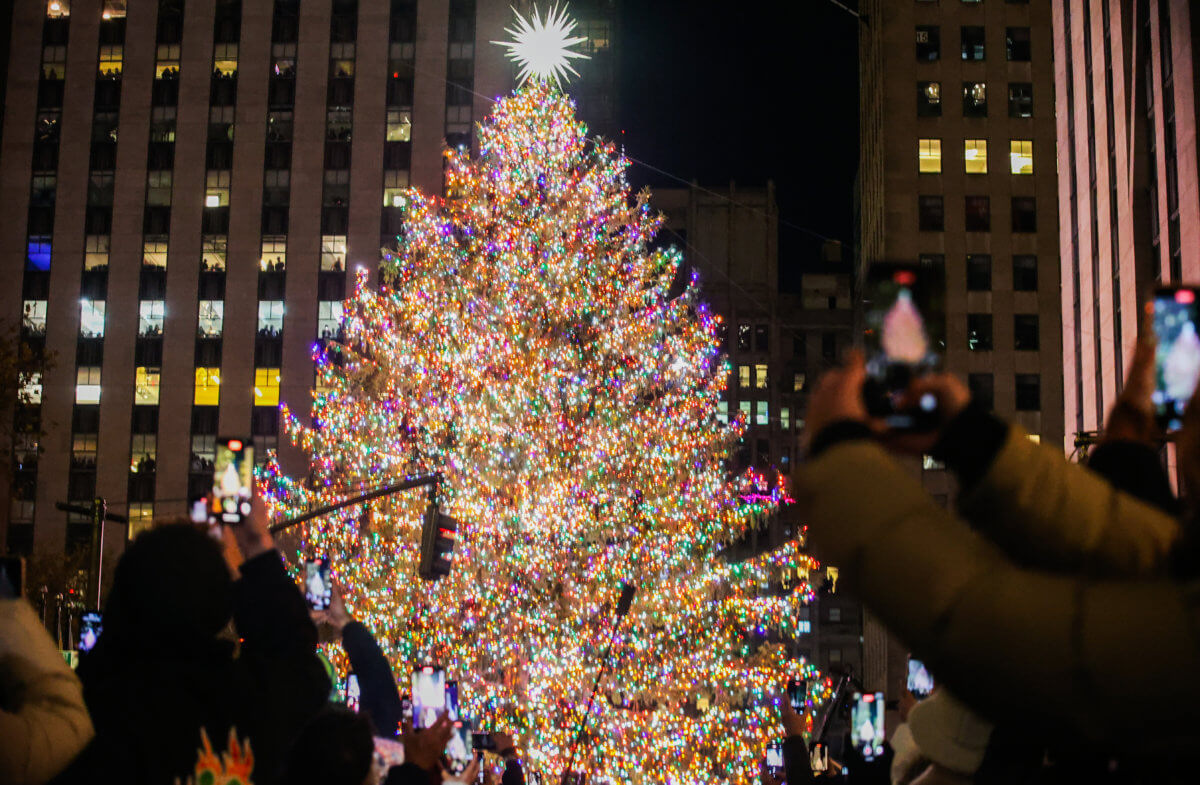
The addition of the nine-block stretch of Fifth Avenue dramatically expands the street closures around Rockefeller Center the city undertook last year.
It comes as visitors flock back to the city after two holiday seasons of dramatically reduced tourism due to COVID-19; Fred Dixon, of the quasi-governmental tourism marketing group NYC & Co, said the city is expecting 6.5 million tourists to visit the city just between Thanksgiving and New Year’s Eve, bringing the total number of visitors this year to 56.4 million. Hotel demand is at 95% of pre-pandemic levels, he noted.
Officials believe opening up the iconic avenue to pedestrians will bring flocks of visitors eager to spend money at the many businesses along the stretch.
Open Streets, where roadways are closed off to vehicular traffic and turned into quasi-plazas, first came into being in the early days of the pandemic, to provide space for fresh air to New Yorkers hunkered at home during lockdown.
The program has proved popular and has been significantly expanded across two administrations. Earlier this year, the city Department of Transportation released a study finding Open Streets dramatically boosted the businesses situated along them compared to those on streets dominated by cars.
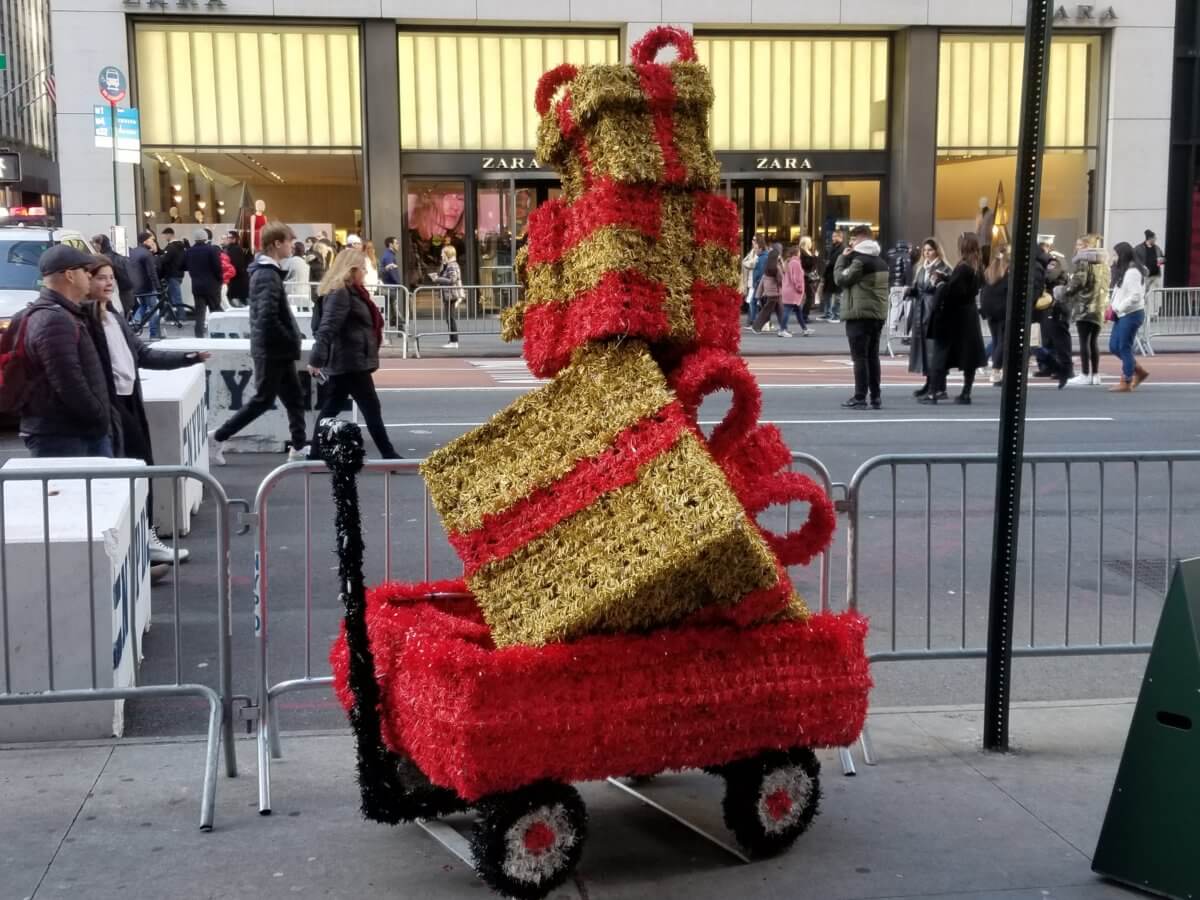
This year marks the first time the city has tried closing Fifth Avenue (the Manhattan one, that is) to cars in more than 50 years; in the summer of 1970, then-Mayor John Lindsay tried weekend closures on the avenue’s stretch in Midtown to study its impact on “commerce, traffic, air pollution, and citizens’ convenience,” the New York Times reported at the time.
“Fifty year ago, Mayor Lindsay tried this. He closed Fifth Avenue. It was an experiment, a test to see if New Yorkers really enjoyed an open, pedestrian-only Fifth Avenue,” said Deputy Mayor Meera Joshi at the grand opening. “But today, we don’t need to test. We have plenty of examples around our city about the positive economic and social benefits we get when we let people enjoy the streets of New York City.”
Despite that, the city will still be studying the impacts of pedestrianizing the stretch on weekends in advance of potentially more ambitious undertakings in the years to come, a spokesperson for DOT told amNewYork Metro. As the agency considers expanding Open Streets, honchos will look at how many people are using the pedestrian zone, how much time they spend on it, where they spend their money, and logistical factors like the impact on deliveries and local bus service.



